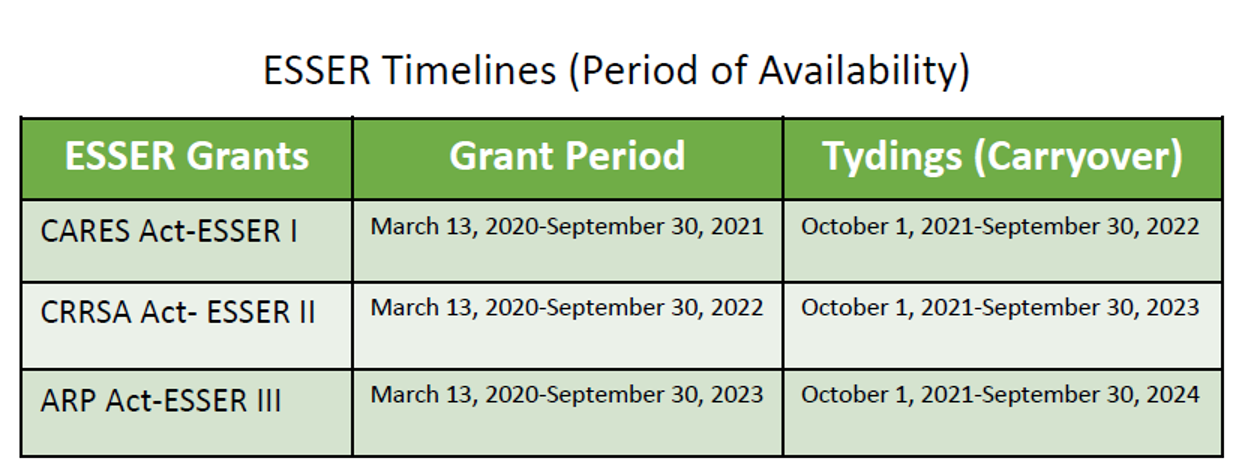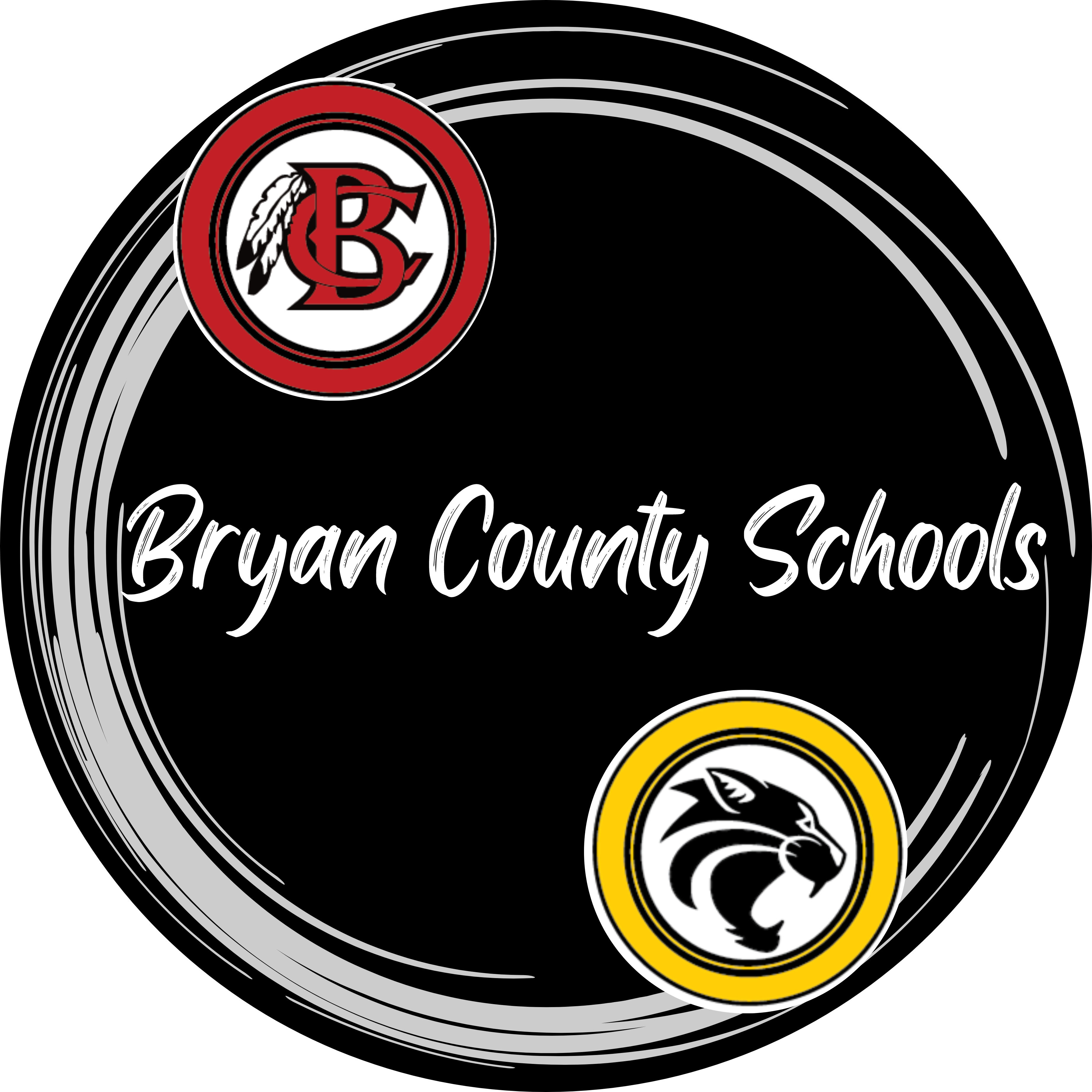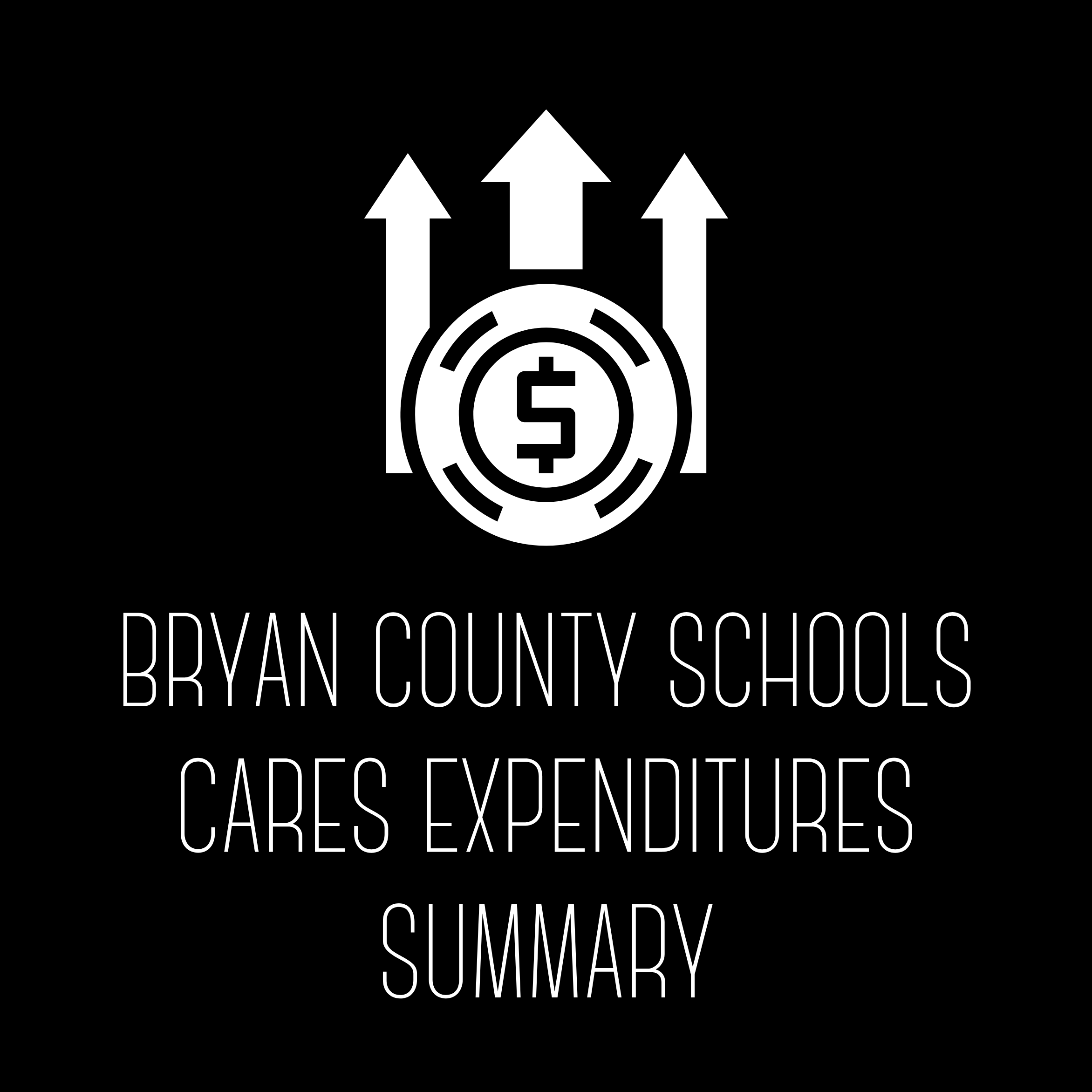CARES Act Funding
Historical information:
CARES Act
The Coronavirus Aid, Relief, and Economic Security (CARES) Act was passed by Congress and signed into law by President Trump on March 27, 2020. The funding provides flexibility for states to respond to the COVID-19 emergency in K-12 schools. Funds to local school districts may be used for coronavirus response activities, such as planning for and coordinating during long-term school closures, purchasing educational technology to support online learning for all student, and additional activities authorized by federal elementary and secondary education laws.
CRSSA Act
The Coronavirus Response and Relief Supplemental Appropriation (CRRSA) Act signed into law by President Donald Trump on December 27, 2020, provides an additional $54.3 billion for an ESSER II fund. Following the same distribution as the CARES Act, which is based on the share of ESEA Title I, Part A funds follows the same use for coronavirus-response activities. Planning for and coordinating activities that address learning loss, preparing schools for reopening, testing, repairing, upgrading projects to improve air quality in school buildings, and additional activities authorized by federal elementary and secondary education laws are continually permitted.
ARP Act
The American Rescue Plan (ARP)Act was signed into law by President Joe Biden on March 11, 2021, to speed up the United States recovery from the economic and health effects of the COVID-19 pandemic and the ongoing recession.
ARP ESSER funds will allow SEAs to take additional steps to safely reopen schools for in-person instruction and keep them open, and to address the disruptions to teaching and learning resulting from the pandemic. This includes using funds to enact appropriate measures to help schools to invest in mitigation strategies consistent with the Centers for Disease Control and Prevention’s (CDC) Operational Strategy for K-12 Schools to the greatest extent practicable; address the many impacts of COVID-19 on students, including from interrupted instruction; implement strategies to meet students’ social, emotional, mental health, and academic needs; offer crucial summer, after school, and other extended learning and enrichment programs; support early childhood education; invest in staff capacity; and avoid devastating layoffs at this critical moment, ensuring that all students have access to teachers, counselors, and other school personnel to support their needs.

Expenditures are required to correspond with one of four categories:
Addressing Physical Health and Safety
Meeting Students’ Academic, Social, Emotional, and Other Needs
Mental Health Supports for Students and Staff
Operational Continuity and Other Uses


